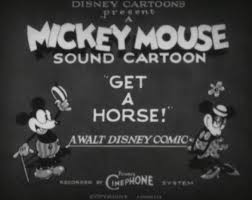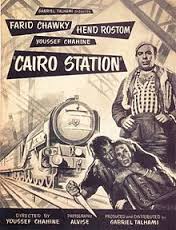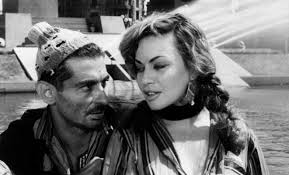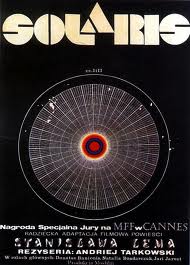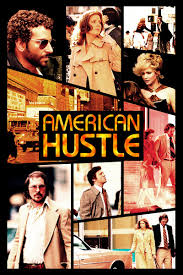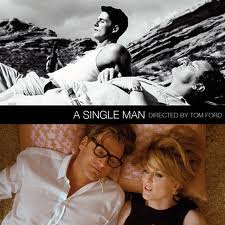by Bruce E. Parry
When the movie started, I thought, “Uh Oh! This is going to be really corny. I think I should have looked it up more carefully before I came!” But actually, the movie was really good. It starts with a really schmaltzy, idyllic life of two kids—princesses—playing in the snow inside their castle. Yes, inside. The elder princess, Elsa, has magical powers and can create ice and snow. It’s a musical, so while they’re living the fun, they’re also singing. I thought, my God, this is aimed at 4 year-olds!
But I had faith. I had heard the film was really good and nothing could maintain that level of schmaltz for long. I was rewarded. As the story unfolds, the magical princess unintentionally zaps the younger (our heroine, Anna) in the head with her magic. Their mother and father, the queen and king, rush them to the Trolls, who save Anna, but warn that if she had hit the heart, it would be much worse and that Elsa’s powers need to be carefully controlled. Fear is her enemy!
The king, of course, concludes that the solution is to keep Elsa under wraps forever. In saving her, Anna’s memories of Elsa’s powers have been wiped. So at this point, we know two things. First, keeping Elsa under wraps isn’t going to work. That’s the oldest gambit in the world and in too many fairy tales (it’s based on a Hans Christian Andersen tale) and never works. Second we know that Anna’s going to get hit in the heart. The kids age. Then the king and queen are lost at sea. The kids age some more. When she comes of age, Elsa is to be crowned queen on coronation day, and, of course, everything goes south from there. We have the prince who wants to marry Anna right off, the unintentional revealing of Elsa’s out of control magic powers, and the introduction, soon thereafter, of the working class guy who’s going to save Anna who runs off to save Elsa.
The whole thing is so predictable it seems pathetic! But it isn’t!! Hoorah! The writers (Director Jennifer Lee and others) have a few tricks up their sleeve. The movie moves rapidly from schmaltz to predictable to fun and action with a number of twists. The ending is not what’s expected and is really original. It’s got fun, humor, action and pathos to keep you fully engaged. I loved it and both the kids I took liked it a lot as well.
The music is excellent and the soundtrack is a hit by itself. The story line works all the way through. Stay through the credits and you’re rewarded with a little evil snowman scene at the end. Overall, it’s fun!
The animation is Disney, so it’s very good. I’m not a fan of some types of animation these days, but this is as clean and crisp as you’d expect from Disney or Pixar. The motion is great. The reindeer (Sven) had to be based on a dog, because his movement is great. I got really sucked in on a couple of funny scenes where Sven is sliding all over the place. I would have loved to rewind those scenes and rewatched them a few times.
I should note that this is a strikingly white film. Although set in (I assume) Scandinavia, there isn’t a person of color depicted anywhere in the film. While this may seem (in the minds of the producers) acceptable as an adaptation of a fairy tale set in the past, this is being produced in the United States in 2014. The film could have had a lot more diversity.
I should also note that before the feature film, they showed an updated, hilarious cartoon of Steamboat Willie (Mickey Mouse) called Get a Horse. I guess the cartoon was made in 2013, but it starts off as if it’s an original cartoon from the 1940s. According to Wikipedia, it contains archival footage of Walt Disney voicing Mickey Mouse and it’s the first original Mickey Mouse cartoon in almost 20 years. Nevertheless, when it begins, adults are supposed to think it’s a 1940s cartoon. Kids are supposed to think, “Whaaaaa????” Of course, it’s in black and white. But then some holes get punched in the screen that “leak” color. Characters are black and white and wind up falling—in whole or in part—through the holes where they turn into color characters. It has all the original slapstick: falling on pitchforks, dropping from the sky, being run over, the whole thing. Of course, it winds up with Mickey saving Minnie from Peg-Leg Pete, the villain. It’s great fun and a great opening for Frozen!
I strongly recommend Frozen. I did not see it in 3D, but can image hat would enhance the effects even more. I hope you get a chance to see Get a Horse with it, as well. See it in the theaters, but if you eventually watch it on DVD, rewind those Sven scene and enjoy them!
Copyright Bruce E. Parry

